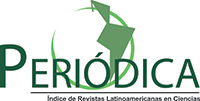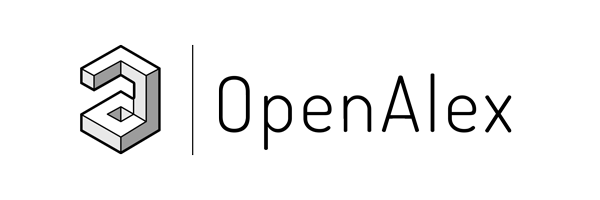Carbonation deep evaluation of a concrete structure subjected to fire soot
DOI:
https://doi.org/10.21041/ra.v15i1.722Keywords:
carbonation, reinforced concrete, fire, soot, smokeAbstract
The objective of this study was to verify the influence of moderate heat (< 200ºC) and soot from fires on the alteration of carbonation of concrete. Although this fact occurs naturally in all small and large fires, these authors did not find bibliographic references on the subject. An experiment of exposing concrete specimens to moderate temperatures was then performed, followed by soot impregnation for twelve months, with the measurement of carbonation depth every three months. The study was carried out in a laboratory environment and compared the depth of carbonation observed in specimens subjected to moderate temperatures and soot with specimens under laboratory environmental conditions. Despite the natural limitations of an experiment with a reduced time frame and laboratory environment, it was evidenced that even in intact concretes, the moderate temperatures combined with the acidity of the soot accelerate the carbonation depths and can significantly alter the residual service life of the structure if subsequent corrective intervention measures do not consider this risk.
Downloads
References
Andrade, J. J. O. (2001), Contribuição à previsão da vida útil das estruturas de concreto armado atacadas pela corrosão de armaduras: iniciação por cloretos. Tese (Doutorado em Engenharia) - Escola de Engenharia, Universidade Federal do Rio Grande do Sul. Porto Alegre, 277 f.
Araújo, A. (2013), Estudo de corrosão em estruturas de concreto. Reunião do Grupo de Gestão e Controle de Corrosão do E&P - Instituto de Pesquisas Tecnológicas. Rio de Janeiro.
Bastos P. S. (2019), Fundamentos do Concreto Armado. Universidade Estadual Paulista. Bauru, 96 p.
BRASIL (2017), Decreto nº 57.776 de 7 de julho de 2017. Regulamenta a Lei nº 16.642, de 9 de maio de 2017, que aprovou o Código de Obras e Edificações do Município de São Paulo; define os membros da Comissão de Edificações e Uso do Solo - CEUSO. Câmara Municipal de São Paulo.
Britez, C. A. (2011), Avaliação de pilares de concreto armado colorido de alta resistência, submetidos a elevadas temperaturas. Tese (Doutorado em Engenharia) - Escola Politécnica, Universidade de São Paulo. São Paulo, 252 f.
Costa, V. C. M. (2012), Influência da corrosão generalizada na aderência e comportamento estrutural de elementos de concreto armado. Tese (Doutorado em Estruturas e Construção Civil) - Faculdade de Tecnologia, Universidade de Brasília. Brasília, 180 f.
Cunha, A. C. Q., Helene, P. R. L. (2001), Despassivação das Armaduras de Concreto por Ação da Carbonatação. Boletim Técnico - Escola Politécnica, Universidade de São Paulo. São Paulo.
Fernandes, B., Gil, A. M., Bolina, F. L., Tutikian, B. F. (2017), Microstructure of concrete subjected to elevated temperatures: pHysico-chemical changes and analysis techniques. Revista IBRACON de Estruturas e Materiais 10(4):838-863. https://doi.org/10.1590/S1983-41952017000400004
Fialho, R. F., Seibt, B. H., Carrijo, S. A. (2019), Um estudo sobre a despassivação da armadura com ênfase na causada por carbonatação do concreto. In: Anais Colóquio Estadual de Pesquisa Multidisciplinar & Congresso Nacional de Pesquisa Multidisciplinar.
Figueiredo, E. P. (2005), Efeitos da carbonatação e de cloretos no concreto. In: Isaia, G.C. Concreto: ensino, pesquisa e realizações. São Paulo: Ibracon, V.2, cap. 27, p.829 – 855.
Fonseca, L. A. C., Corrêa, M. R., Silva, R. M. (2013), Projeto de edifícios em concreto armado. Volume 1. Oficina de Textos.
Helene, P. R. L. (1986), Corrosão em armaduras para concreto armado. São Paulo: Pini: Instituto de Pesquisas Tecnológicas.
Helene, P. R. L. (1993), Contribuição ao Estudo da Corrosão em Armadura de Concreto Armado. Tese (Livre Docência) – Escola Politécnica, Universidade de São Paulo. São Paulo, 231.
Instituto Sprinkler Brasil [s. d.], Estatísticas. Disponível em <https://sprinklerbrasil.org.br/instituto-sprinkler-brasil/estatisticas/>. Acesso em 20 mar 2023.
Júnior, F. B., Pereira, J. E., Ádria A., Nobre, G. G., Coelho Junior, R. S., de Oliveira, I. P. (2019). Avaliação de estrutura de concreto armado após situação de incêndio: estudo de caso em Brasília / Evaluation of reinforced concrete structure after fire situation: a case study in Brasília. Brazilian Journal of Development, 5(11), 23870–23888. https://doi.org/10.34117/bjdv5n11-085
Júnior, K. O. (2011), Pilares de concreto armado em situação de incêndio submetidos à flexão normal composta. Tese (Doutorado), Universidade de São Paulo.
Ribeiro, D. V., Sales, A., Sousa, C. A. C., Almeida, F. C. R., Cunha, M- P. T., Lourenco, M. Z., Helene, P. (2014), Corrosão em estruturas de concreto armado: teoria, controle e métodos de análise. Campus, Elsevier.
Rosa, R. C. (2015), Prevenção e Combate à Incêndios e Primeiros Socorros. Instituto Federal de Educação, Ciência e Tecnologia – RS, Campus Porto Alegre, RS, Brasil.
Seito, A. I., Gill, A. A., Pannoni, F. D., Ono, R., Silva, S. B., Carlo, U., Silva, V. P. (2008), A Segurança Contra Incêndio no Brasil. Projeto Editora: São Paulo.
Feng, M., Li, M., Qu, H., Tian, D., Lu, M., Gui, T., Li, G. (2023), Degradation mechanism and evaluation of the carbonation resistance of concrete after high-temperature exposure. Structures, v. 58, p. 105621, http://dx.doi.org/10.1016/j.istruc.2023.105621.
Liu, T., Wang, H., Zou, D., Long, X., Miah, M-J., Li, Y. (2023), Strength recovery of thermally damaged high-performance concrete subjected to post-fire carbonation curing. Cement And Concrete Composites, v. 143, p. 105273, http://dx.doi.org/10.1016/j.cemconcomp.2023.105273.
Oliveira, J. A., Ribeiro, J. C. L., Pedroti, L. G., Faria, C. S.; Nalon, G. H., Oliveira Júnior, A. L. (2019), Durability of Concrete After Fire Through Accelerated Carbonation Tests. Materials Research, v. 22, n. 1, 2019. FapUNIFESP (SciELO). http://dx.doi.org/10.1590/1980-5373-mr-2019-0049.
Iwama, K., Maekawa, K. (2022), Modeling of carbonation, de-carbonation and re-carbonation processes of structural concrete subjected to high temperature heating. Cement And Concrete Composites, v. 129, p. 104493. http://dx.doi.org/10.1016/j.cemconcomp.2022.104493
Published
How to Cite
Issue
Section
License
_______________________________
License in effect from September 2020
You are free to:
- Share — copy and redistribute the material in any medium or format for any purpose, even commercially.
- Adapt — remix, transform, and build upon the material for any purpose, even commercially.
- The licensor cannot revoke these freedoms as long as you follow the license terms.
Under the following terms:
- Attribution — You must give appropriate credit , provide a link to the license, and indicate if changes were made . You may do so in any reasonable manner, but not in any way that suggests the licensor endorses you or your use.
- No additional restrictions — You may not apply legal terms or technological measures that legally restrict others from doing anything the license permits.
Notices:
You do not have to comply with the license for elements of the material in the public domain or where your use is permitted by an applicable exception or limitation .
No warranties are given. The license may not give you all of the permissions necessary for your intended use. For example, other rights such as publicity, privacy, or moral rights may limit how you use the material.

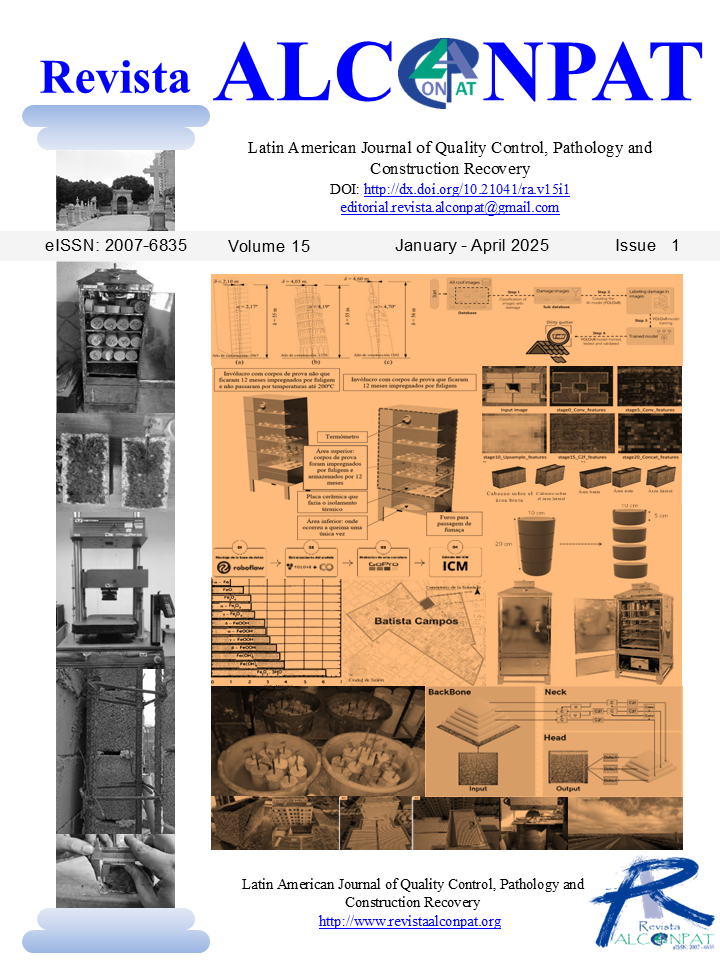













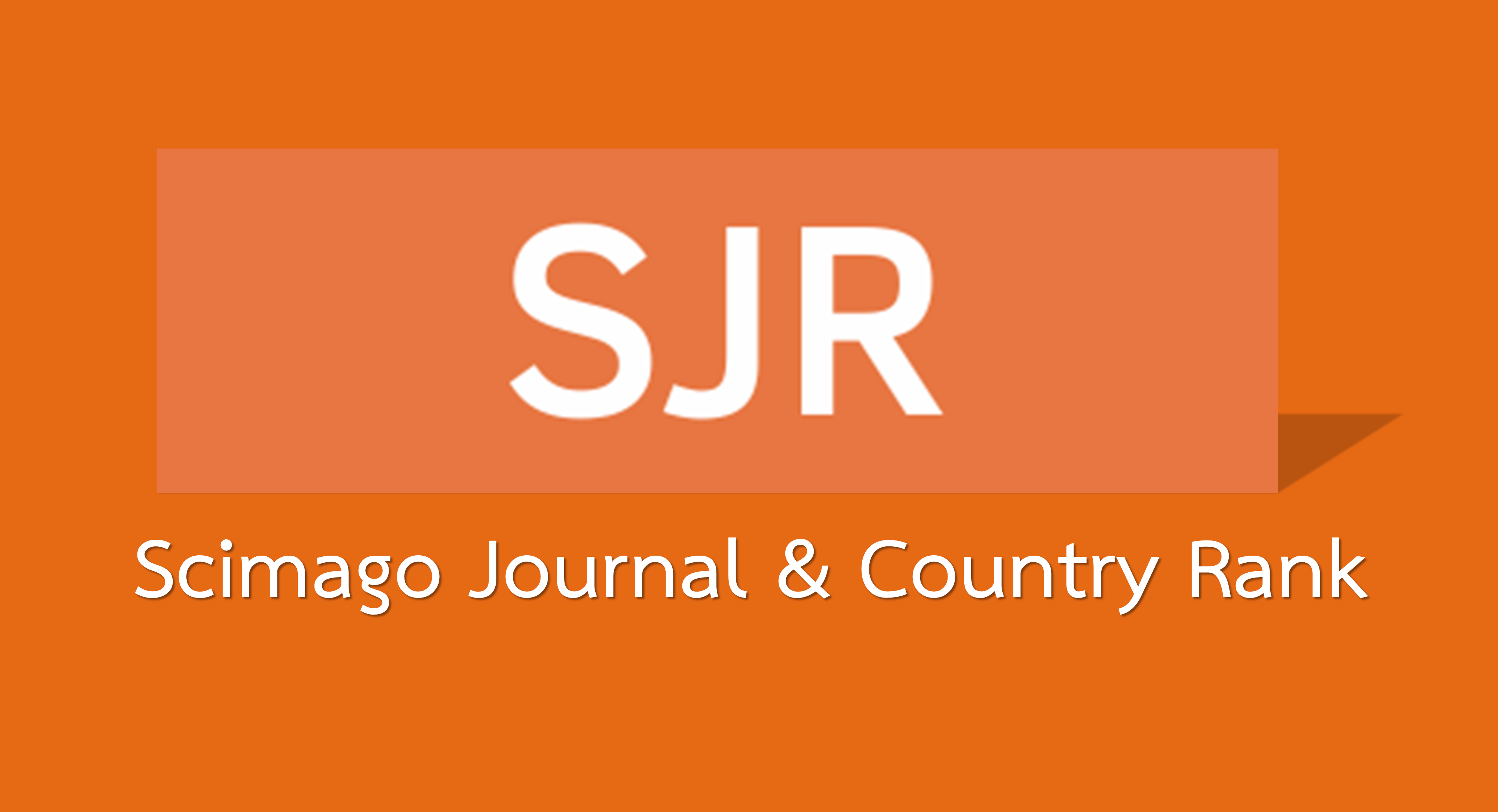




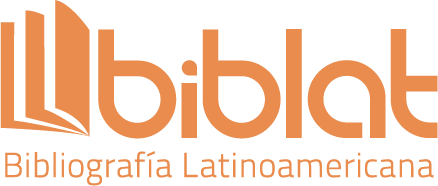
.png)

